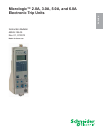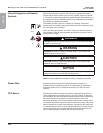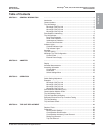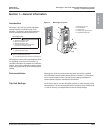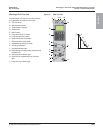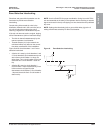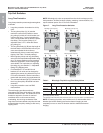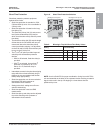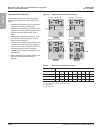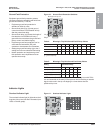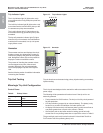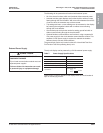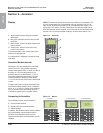Special offers from our partners!

Find Replacement BBQ Parts for 20,308 Models. Repair your BBQ today.
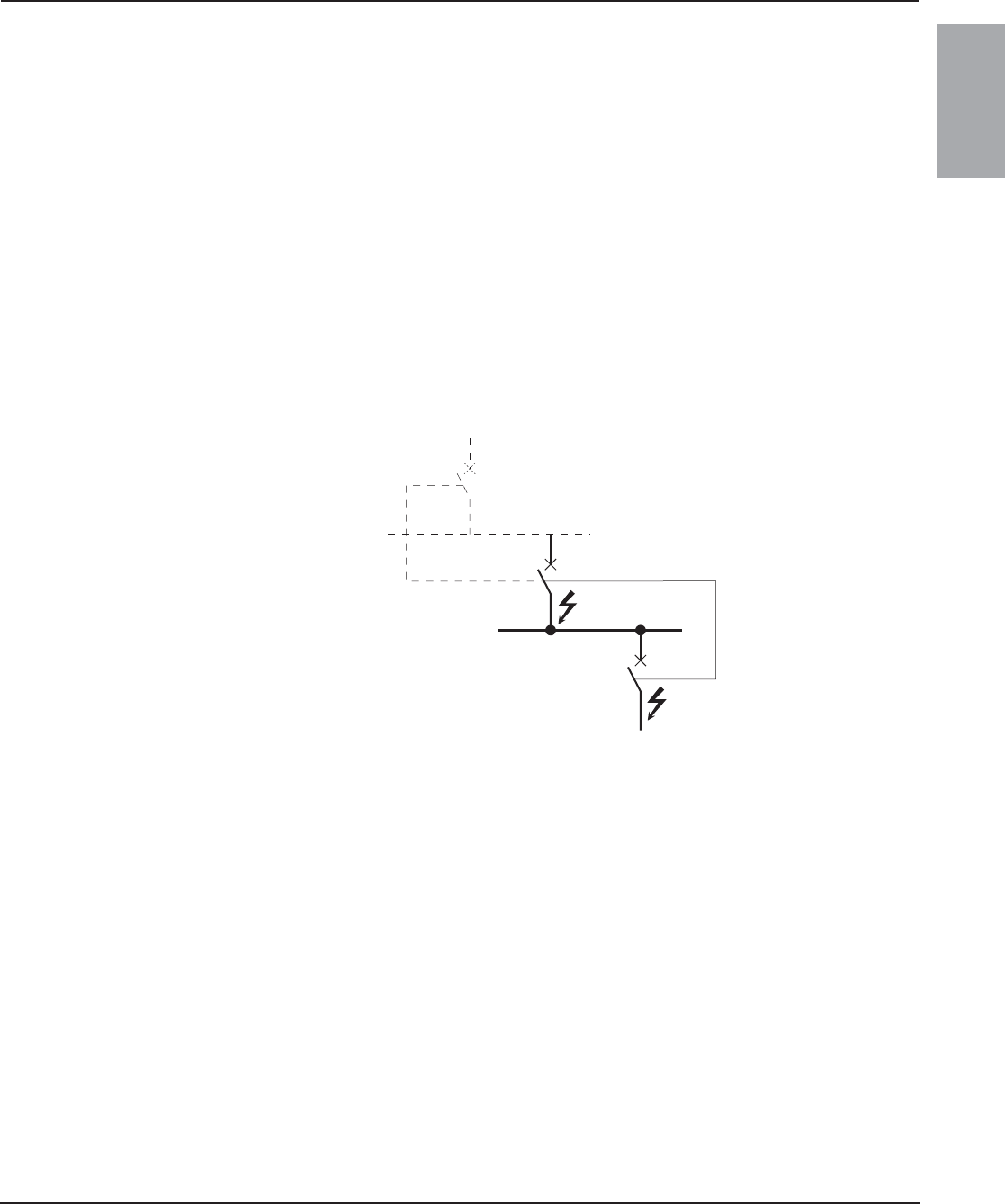
48049-136-05 Micrologic™ 2.0A, 3.0A, 5.0A, and 6.0A Electronic Trip Units
Rev. 01, 07/2012 Section 1—General Information
© 1999–2012 Schneider Electric All Rights Reserved
9-EN
ENGLISH
Zone-Selective Interlocking
Short-time and ground-fault protection can be
interlocked to provide zone-selective
interlocking.
Control wiring links several trip units in the
distribution network and in the event of a fault, a
trip unit will obey the set delay time only if
receiving a signal from a downstream trip unit.
If the trip unit does not receive a signal, tripping
will be instantaneous (with no intentional delay).
• The fault is cleared instantaneously by the
nearest upstream circuit breaker.
• Thermal stresses (I
2
t) in the network are
minimized without any effect on the correct
time delay coordination of the installation.
NOTE: Use I
2
t off with ZSI for proper coordination. Using I
2
t on with ZSI is
not recommended as the delay in the upstream device receiving a restraint
signal could result in the trip unit tripping in a time shorter than the published
trip curve.
NOTE: Setting short-time delay (tsd) or ground-fault delay (tg) to the 0
setting will eliminate selectivity for that circuit breaker.
Figure 6 shows circuit breakers 1 and 2 zone-
selective interlocked.
• A fault at A is seen by circuit breakers 1 and
2. Circuit breaker 2 trips instantaneously and
also informs circuit breaker 1 to obey set
delay times. Thus, circuit breaker 2 trips and
clears the fault. Circuit breaker 1 does not
trip.
• A fault at B is seen by circuit breaker 1.
Circuit breaker 1 trips instantaneously since
it did not receive a signal from the
downstream circuit breaker 2. Circuit breaker
1 trips and clears the fault. Circuit breaker 2
does not trip.
Figure 6: Zone-Selective Interlocking
06133376
1
2
B
A



